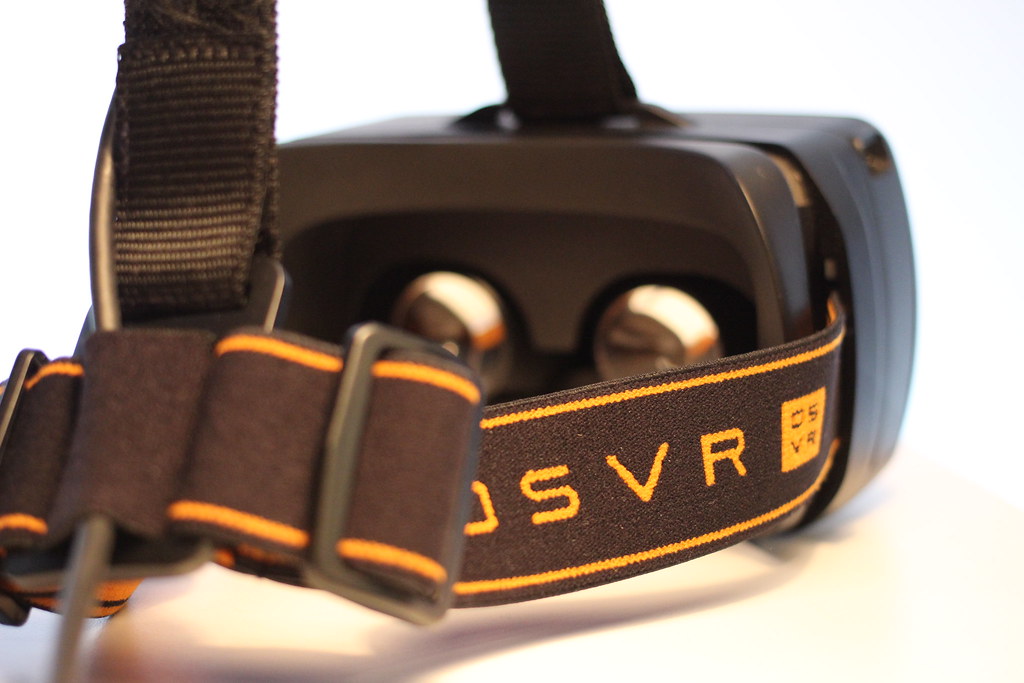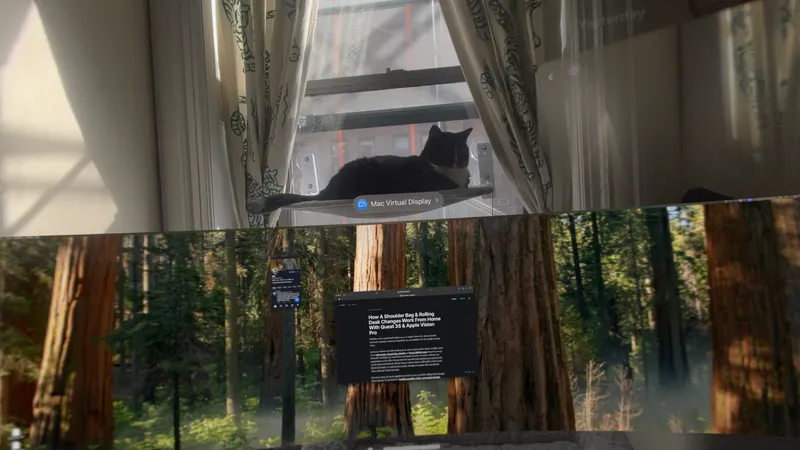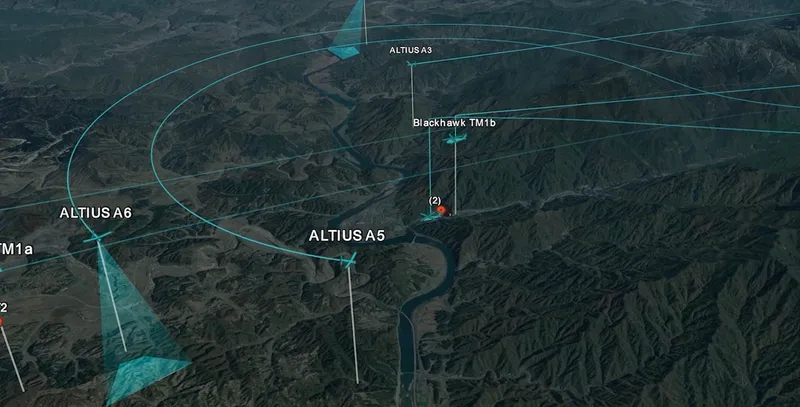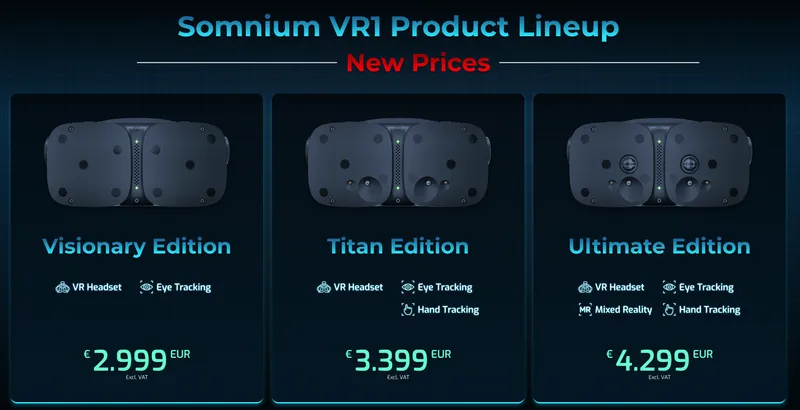“Do it right the first time,” is one of those maxims that almost everyone agrees with in theory. It saves time, improves results, and keeps us from having to go back and redo work we’ve already done.
Unfortunately, the pace of technological change makes it difficult in practice.
Inferior legacy systems have become ingrained in our daily lives. Everything from the word processor I’m using to write this piece to the QWERTY keyboard I’m typing on is the result of some person, somewhere saying it was “good enough.” And often these solutions were good or even excellent for the time they were created. The issue is that once a system becomes rooted in society, it becomes incredibly difficult to move to a better system, even if the reasons for the initial adoption are no longer valid.
This is called “Path Dependence” and it’s the reason why we have to think long and hard about the systems and standards we build around new technology. With virtual reality about to take the mainstream by storm, we have the chance to establish the right kind of systems, because one way or another we’re going to have to live with them for a long time.
The Path of Least Resistance
Path dependence in its most basic form is the idea that the set of decisions available to any actor are extremely limited by the decisions that previous actors have made in the past.
Take, for example, what you ate for breakfast this morning. Yes, technically, you could have eaten anything if you hopped in your car, drove out to get the ingredients, prepared it, and ate it. But most likely, your decision was limited to what you had in the fridge. And what you had in the fridge is the result of decisions you or somebody else made days or weeks ago.

You see, humans, like lightning and sheep, tend to take the path of least resistance. But the path of least resistance didn’t just spring into being. It was created by the decisions of those that went before us. Some of those decisions were accidental, some purposeful, but all created the circumstances where it’s far easier to continue to use a “path” than carve a new one.
Path dependence is especially strong in situations with network effects because the larger the network, the easier it is to join rather than spurn it. The classic example is Betamax versus VHS. Once a slim majority of people adopted VHS, both videocassette manufacturers and consumers found it easier to simply adopt the standard than fight against it, creating a self-perpetuating feedback loop. Soon the “path” for TV and film studios was clear: release on VHS or fail to make sales.
Pathological Problems
Path dependence isn’t necessarily a problem in and of itself. The issue is that people tend to persist on the path of least resistance even when it’s no longer optimal.
Take for example the QWERTY keyboard. It was designed for mechanical typewriters when the main concern was keys sticking together. Therefore keys that were commonly used together were placed far apart on the keyboard. Of course, these days typing jams are no longer an issue. It makes far more sense for keys that are commonly used together to be placed close together. In fact, we’ve developed keyboards far better suited to faster typing (the Dvorak keyboard is reportedly 74% faster), but due to network effects the vast majority of keyboards produced today are still QWERTY.
Path dependence becomes an even bigger issue when the path is no longer adequate for the current circumstances. Rather than creating a brand new path, the current path is simply adapted and changed to address new circumstance even if this means maintaining systems that are no longer relevant.
The best example is the Public Switched Telephone Network (PSTN). These days, the PSTN provides the infrastructure for all public telecommunications from telephones to the Internet, but when it was started in 1878 it was literally a switchboard. As new technologies came along, it was always easier to integrate them into the PSTN rather than start a new network, even if it meant maintaining legacy systems.
The PSTN is now a patchwork of ad-hoc fixes to short-term problems. Although the system works relatively well thanks to the work of thousands of engineers and administrators, it is definitely not the system we would build today if we were to build one from the ground up.
Finally, decisions about how we use a product have ramifications for how that product is developed in the future. Because most content on the internet was free in the early days, it is still incredibly difficult to get consumers to pay. The result is that advertising-based business models dominate most websites and even apps. It was almost inevitable that these businesses would collect data on their users to improve the quality and profitability of their advertising if they had no other way of making money. By choosing the path of a free Internet, companies’ decisions were constrained in such a way that it made sense for them to collect our data and sell it for cash.
I thought this was about Virtual Reality?
I’m getting to it, I swear! The most important thing to realize is that the decisions we make now about how virtual reality and the metaverse are going to be run will continue to affect us for generations to come. This is going to be especially true when it comes to decisions about the institutions we support and the standards we set. But also, the decisions we make about how we use virtual reality will color the perception of VR and influence the type of content that will be created.
While there are all sorts of standards and guidelines that we will need to set in the coming years, I want focus on a few big-picture issues that I think are of critical importance. For more information on each subject, click the link in the section’s header.
Open vs. Closed

One of the most important questions for the VR community today is whether we’re seeing the emergence of an open or closed system. While there’s been a lot of debate around whether platform exclusive games constitute a walled-garden or the best ways to ensure cross-compatibility between VR headsets, we need to take a long term approach to the issue. What’s the ultimate “metaverse” that we want to inhabit and what’s the best way to get there?
Personally, I want to see a metaverse more akin to Ready Player One than Sword Art Online. Rather than a number of separate virtual universes with separate avatars, rules, and login-systems, I want a connected metaverse where it’s easy to traverse from one virtual experience to another. This means we need to ensure open standards for avatar creation, networks between VR experiences, and cross-compatibility for VR games. OSVR is already taking the lead on a number of these issues, but we need to force the big players to work towards a truly open metaverse. Otherwise we’ll get a metaverse that looks less like the Internet and more like App Stores.
Analytics

VR analytics is a tricky subject. On the one hand, it can be a bit creepy to have a company tracking your every digital movement within a virtual world. On the other hand, analytics allow companies to find out what’s working and what’s not to improve the experience for everyone. It’s a given that some of our data is going to be tracked and that the more input methods we have, the more tracking that’s going to happen. But we have to be vigilant about how that data is used and stored.
Most importantly, companies need to be forthright about the kind of data they track and how it’s used. When data is aggregated and used anonymously to improve the service, that can be incredibly beneficial. When data is used to drive sales or user engagement, this can help good companies flourish but it should be clear to users that their data is being used in this way. When data is sold to third-parties without the consent of the user, we begin to have the scary situation where our entire virtual life can be sold to the highest bidder.
The storage of VR data is just as important. Most data should be aggregated and anonymized to protect individuals. Some data can be specifically tied to avatars and users, but companies should be highly selective about this and ensure that entire digital histories aren’t recorded. Virtual reality gives companies the ability to know exactly what we’re doing in the metaverse. If we don’t establish standards and protocols around it now, the path of least resistance will be to exploit it.
Consume vs. Create

Virtual reality is an incredibly addictive medium. Creators of VR content have the ability to manipulate the environment and experience in ways that can easily make it more compelling than real life. We have decades of psychological research to tap into about how to keep people coming back time and again. Apps like Candy Crush and Temple Run have already exploited a number of dopamine inducing mechanisms in our brains that cause us to pour time and money into them. With the immersive power of virtual reality, we will be able to create experiences that fully employ these psychological tricks so that we will never want to take a headset off again.
But now we have two choices. We can either make these addictive experiences ultimately hollow and meaningless, simply a way to pass the time. Or we can turn the psychological power of virtual reality towards creation, expression, and human connection. If creators of the earliest virtual reality content focus on creating experiences that reward creativity, we set the stage for decades of creative uses of VR.
Imagine a metaverse filled with fantastical 3D sculptures, majestic digital orchestras, and fascinating virtual lectures. A metaverse where we can work on our new 3D printing startup before hanging out with friends from across the globe. A metaverse where we create the world of tomorrow rather than escape from it.
That’s the kind of path I want to depend on.
Featured image by Sean LeClaire





























